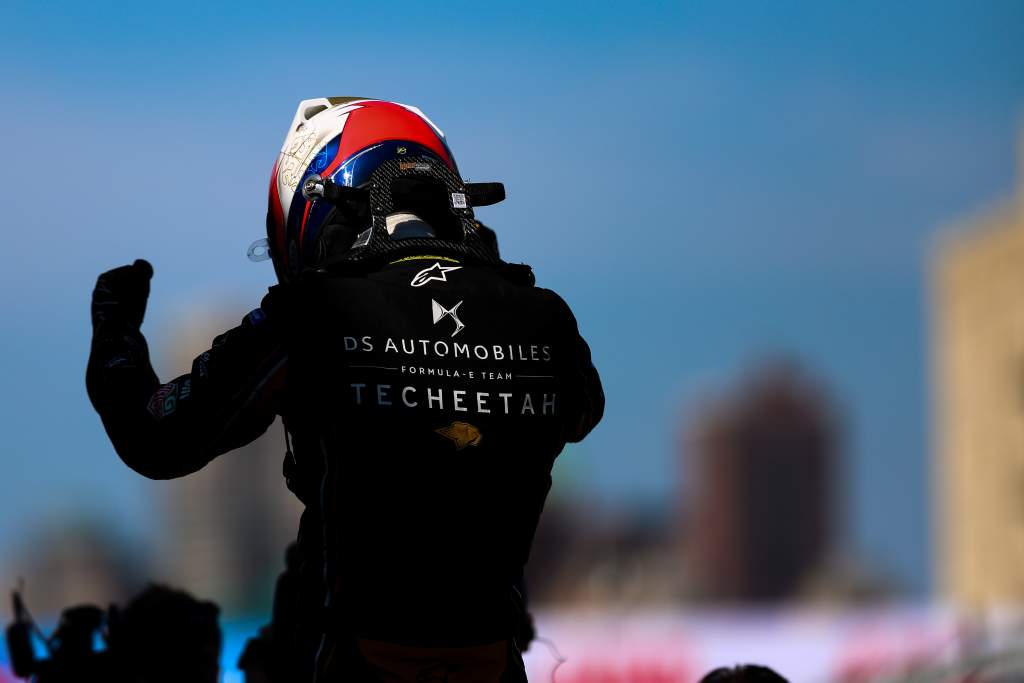Like all great love stories, Techeetah’s Formula E tenure had it all.
Passionate early unrequited advances; days of their lives celebrating communal joy; tempestuous times; and an ultimately doomed and tearful end.
There was much of Romeo and Juliet too in the DS and Techeetah strand of this team’s competitive history. But who were the Montagues and who were the Capulets is still wide open to debate.
The condemned finale to the story was a long and drawn-out process, and it’s one still playing out today.
Now though, at least some dust has settled on the whole affair and the mists of romance are giving over to hard-nosed analysis.
On the pure sporting side an air of tragedy is palpable. That’s because after all the effort and all the success, Techeetah won more titles than any other competitor in Formula E’s almost decade-long history.
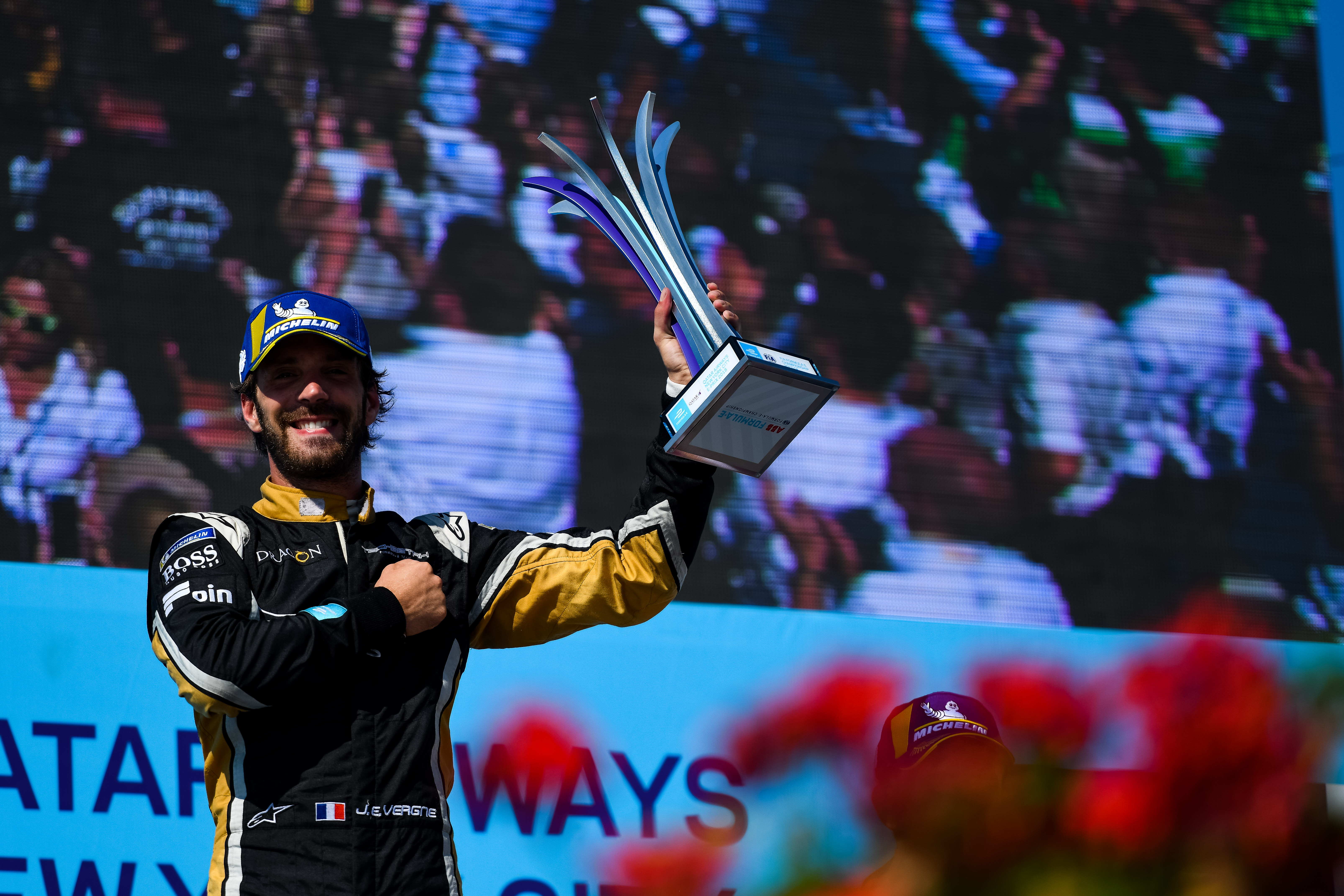
Back-to-back drivers’ titles for Jean-Eric Vergne, a breakthrough crown for Antonio Felix da Costa and two teams’ gongs.
That’s an impressive haul for a team that was founded only in 2016 and was using a three-star hotel in Castle Donington as its gearbox assembly area when it began its extraordinary journey.
That it ended so disappointingly, with the majority of the key personnel following DS to the new DS Penske entrant and the team licence reverting to Formula E Holdings, just underlines the feeling of inadequacy for such a prolific bunch of people.
Now for the cold shower.
The great political history and social documentarian Adam Curtis often asks his viewers to understand how different people ‘see the world’ in his masterpiece works.
And here’s where the key words come in. How team founder SECA, through its ownership via the Chinese Media Capital and acting as CMC’s portfolio eyes and ears, views the world is textbook private equity. So, to understand the Techeetah story, it’s important to see the world through SECA’s perspective, too.
What that looks like is a chain. It is made of risk and reward with the words ‘Profit’ or ‘Loss’ embossed upon its every link.
But chains can also be shackles.
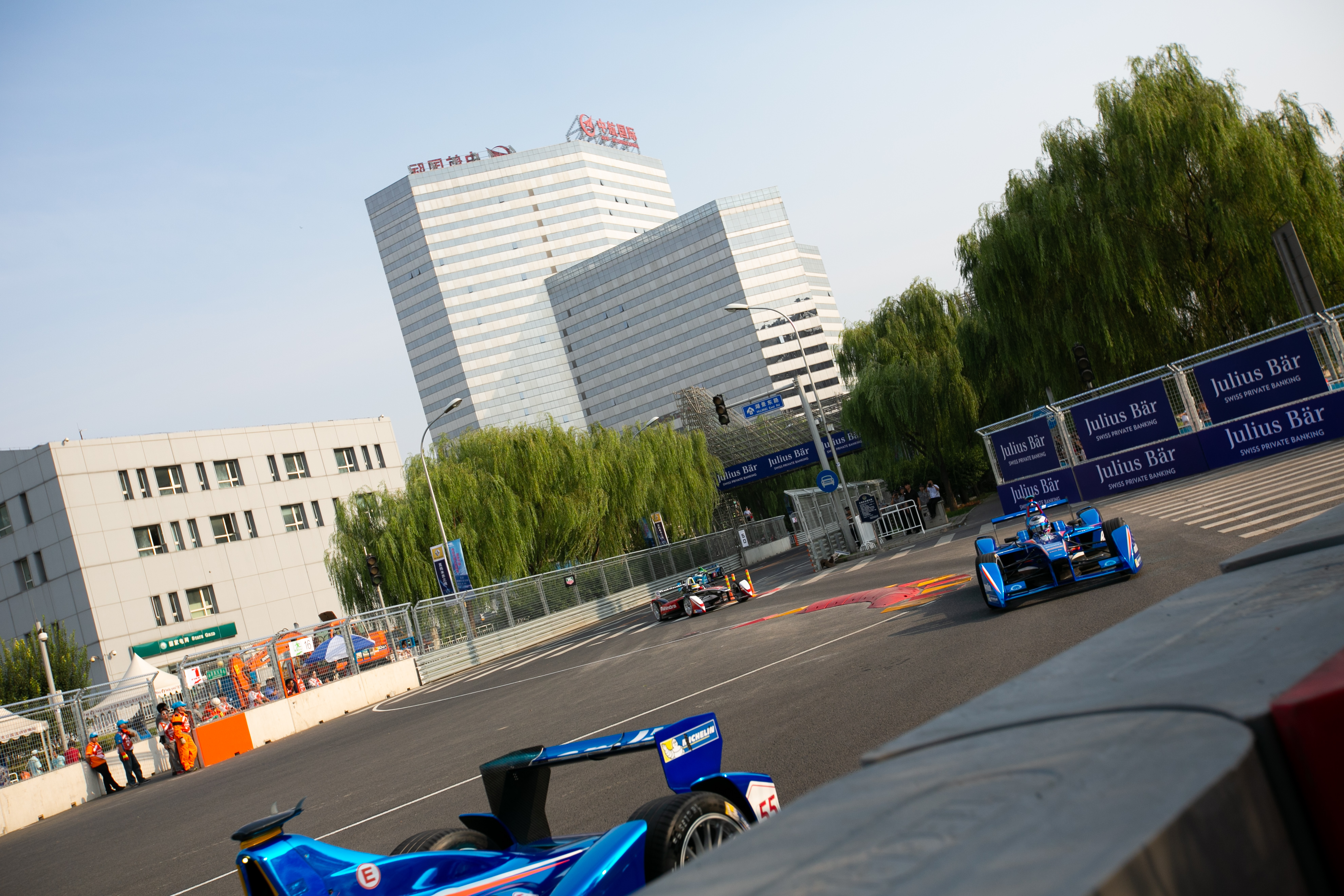
This chain was first connected by a meeting between Alejandro Agag and SECA at the very first E-Prix at Beijing in 2014.
That developed into CMC wanting to invest in Formula E via SECA and at a time when the all-electric series (not yet a world championship) needed its capital most.
It was a two-headed plan. Investment in the series itself to mostly help it grow in China – which Agag knew would be vital for attracting manufacturers, where much of the growth in EV design and manufacturers was opening the floodgates to an increasingly electric automotive and motorsport industry – and the team (Techeetah).
CMC, and its affiliates, had then already made a range of investments in sports companies. These included SoccerWorld China, Beijing Wesai Era Sports Technology Co and Lanxiong Sports.
A year before its Formula E investment, CMC agreed to pony up $400million for 13% of City Football Group, which included under its umbrella Manchester City, New York City, Melbourne City, and a minority shareholding in Japanese football association Yokohama F Marinos.
From a Formula E standpoint CMC would put the money up and SECA would be the management group that looked after the investment. So far, so simple.
But taking the Adam Curtis view of how private equity ‘sees the world’ it’s really a simple but potentially jaundiced philosophy. There’s wins, there’s losses, ‘invest in 10, see one mega return and a few potential ones’. Any belt-and-braces student of business will tell you that.
It’s quite normal in the private equity world to write off the ones that don’t work, all the time knowing that the big ones will cover arses.
It’s sad in a way. But Techeetah was only ever going to be just another private equity strand.
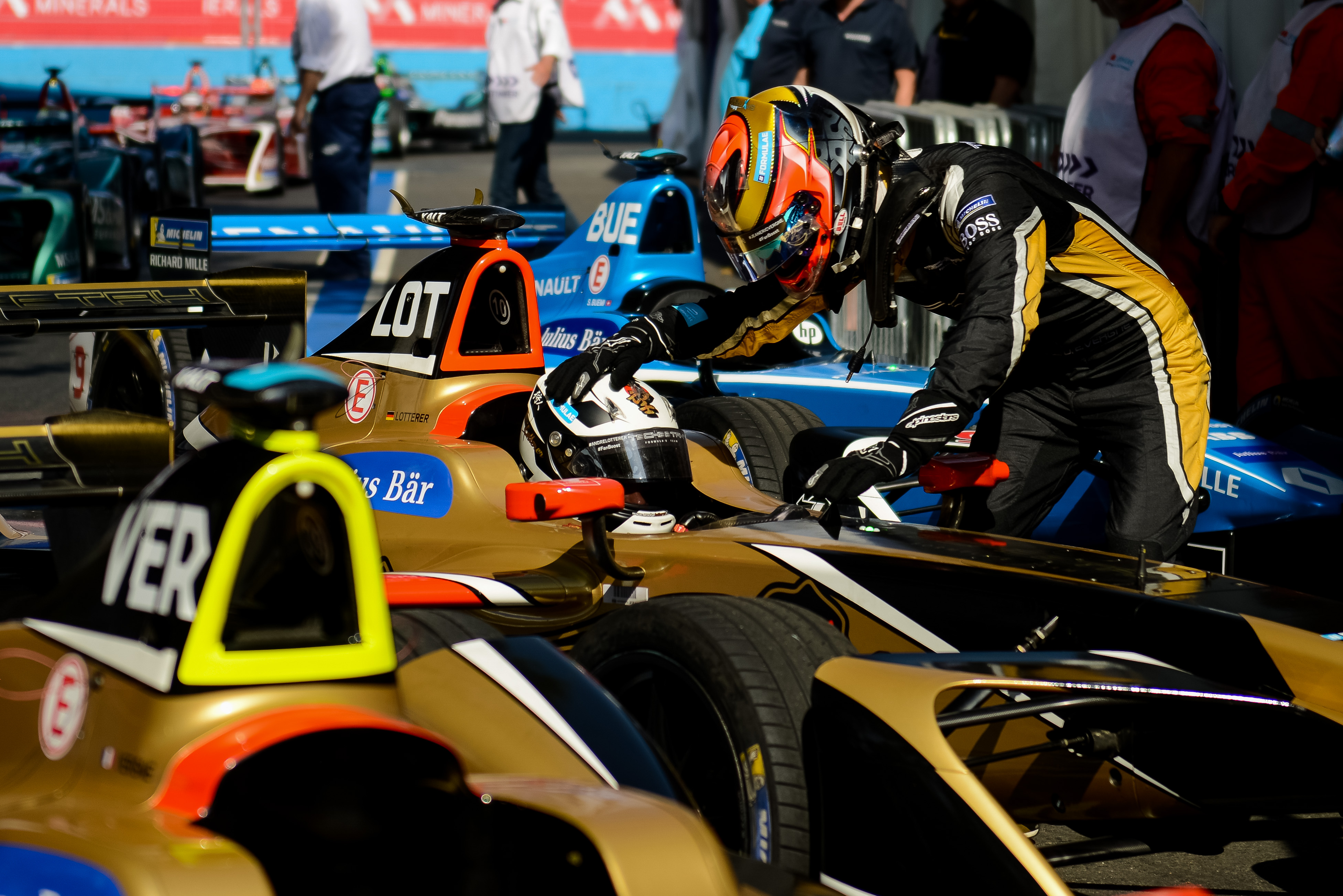
Again, ‘you win some, you lose some’. That’s how private equity mostly works and ultimately Techeetah would be a ‘sunk cost’ when its investment is probably written off.
Private equity in racing is as old as the hills but few inside the sport really understand it.
That different way of seeing the world meant that many in the team at senior level had to adjust and force themselves to not think about it like they owned something.
That is a hard philosophy for a close-knit team spending year after year with each other to grasp. So inevitably and naturally when it did run aground it wasn’t an easy wreck to salvage.
In motorsport, mostly because the majority of people within it are team players and take great pride in their efforts, and rightly so, it’s hard to grasp the theory of ‘sunk costs’.
But once it’s written off, it’s written off. It’s gone, you can’t do anything about it. Most are unable to understand that scenario and they’ll likely shout, ‘you’ve already spent all this money’.
But talk to an accountant, and they’ll tell you that ‘the money has gone, now we move on’.
That’s what happened at Techeetah.
To the private equity people it’s normal. But to most in the sport, it’s disappointing, some might say even abhorrent. Again, it depends on how you ‘see the world’.

In the eyes of its competitors there appeared to be a seam of unease that ran faultline-like through SECA’s involvement in Formula E.
That was because of the dual investment in the championship and the grid itself. It was seen by some rivals as a bit more than a crossing of streams.
Although Formula E wouldn’t comment officially when asked the direct question if there was a conflict of interest in SECA being on the board and owning a team, it has always been believed that it saw no issues with this.
Getting appropriate separation at board level that involves decisions around contracts that may involve board members is standard governance, and that should include all the compliance and strict business ethics one would assume at such an organisation.
But it didn’t stop a perception within the paddock that Techeetah got away with more than some other teams on a commercial footing.
Allegations and general conjecture about the team having ‘the best overdraft in the paddock’ with Formula E were said tongue-in-cheek, mostly.
The fallout from the situation though has troublesome elements. Techeetah is believed to still owe money to both Formula E and a variety of its former staff and suppliers.
But on the sporting side Techeetah’s success cannot be denied.

A win at Montreal in the first season, which was largely thanks to Mark Preston’s vision of securing the best powertrain on the grid (Renault) as a customer and Vergne’s renaissance after the worst year of his career in 2015/16 with DS Virgin.
The success was enjoyed fully by SECA. Sheng Li made a rare appearance at Sanya in 2019 to celebrate wildly with the team, while SECA’s management were at the majority of races polishing trophies and spraying champagne. They loved it.
But even pre-pandemic there were whispers that SECA wanted to move the team on and for a pretty penny too.
The reality was that the team had significant debtors. Its end of year accounts of 2020 indicated net liabilities of €31, 572,778.
The conservative estimate of the full investment by SECA is therefore somewhere around the €35-40m mark in total.
The relationship with DS Performance was under such strain that in October 2021 the team was restructured. This meant Techeetah’s inventory and some fixed assets were sold in order for it to continue on for the 2022 season.
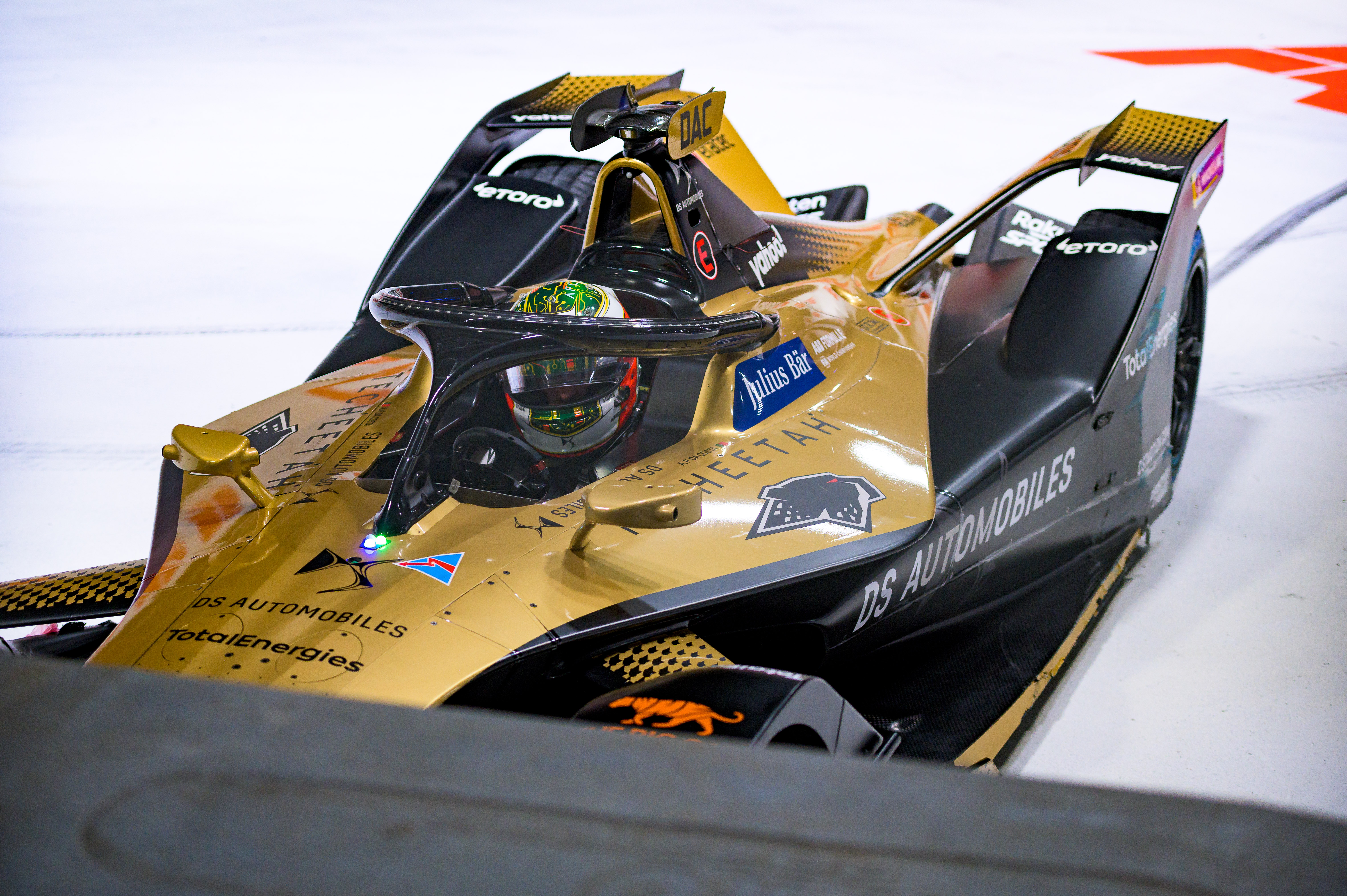
It was essentially a stay of execution from a Techeetah viewpoint and it paved the way for DS to strike what was at first a tentative agreement with Jay Penske to form a new entrant, DS Penske, for 2023. This was consummated in the summer 2022 and announced formally last month.
All the while, SECA, but mainly Mark Preston, now managing director, and commercial officer Keith Smout, were scouring manufacturers and other private investors to save the Techeetah name for 2023 and beyond.
Despite some strong interest from two manufacturers in particular, time caught up with them and the licence reverted to Formula E Holdings when no entry was posted for 2023.
Scope still exists for the Techeetah name to live on. But the high likelihood is it won’t.
The manufacturers who showed interest could still enable some form of a plan for 2024. Should it happen, it will be up to Formula E to consider such plans based on sporting merit and commercial parameters before then being submitted to the FIA.
Will Techeetah be remembered for its fitful, quirky and ultimately unfortunate end?
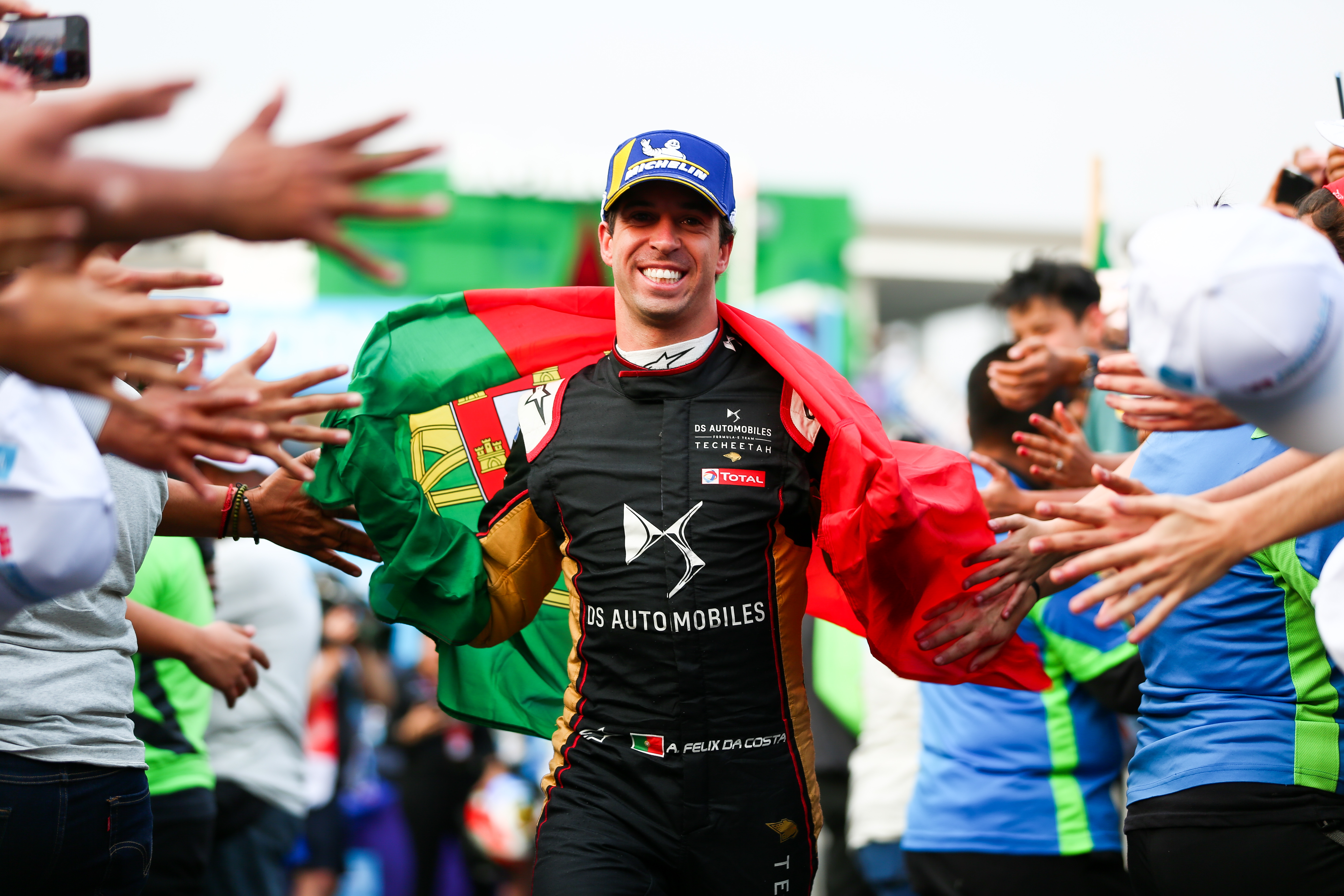
It would be a real shame if that were the case. That is because in the words of one of its key staff “in terms of ability to act quickly, efficiently and reliably within a group of like-minded people at the track it was very good”.
That is clearly true because you don’t get the level of success in one of racing’s toughest championships without those skills and traits.
The team had excellent engineering attributes and was well-organised technically and operationally. The drivers loved the way it functioned, at least at the track anyway.
This was especially impressive considering how tiny it was. Agility was its main weapon, especially so when it came to working with a large car company in Stellantis (DS).
With myriad procedures and inertia around manufacturer relationships, this was a challenge. But with every season that ticked over the lines became more and more blurred.
Some say the team had a ‘dysfunctional image’. You really couldn’t see that from the outside.
But sometimes, as in all great love stories, you have to really be on the inside to see the seams and the imperfections.


